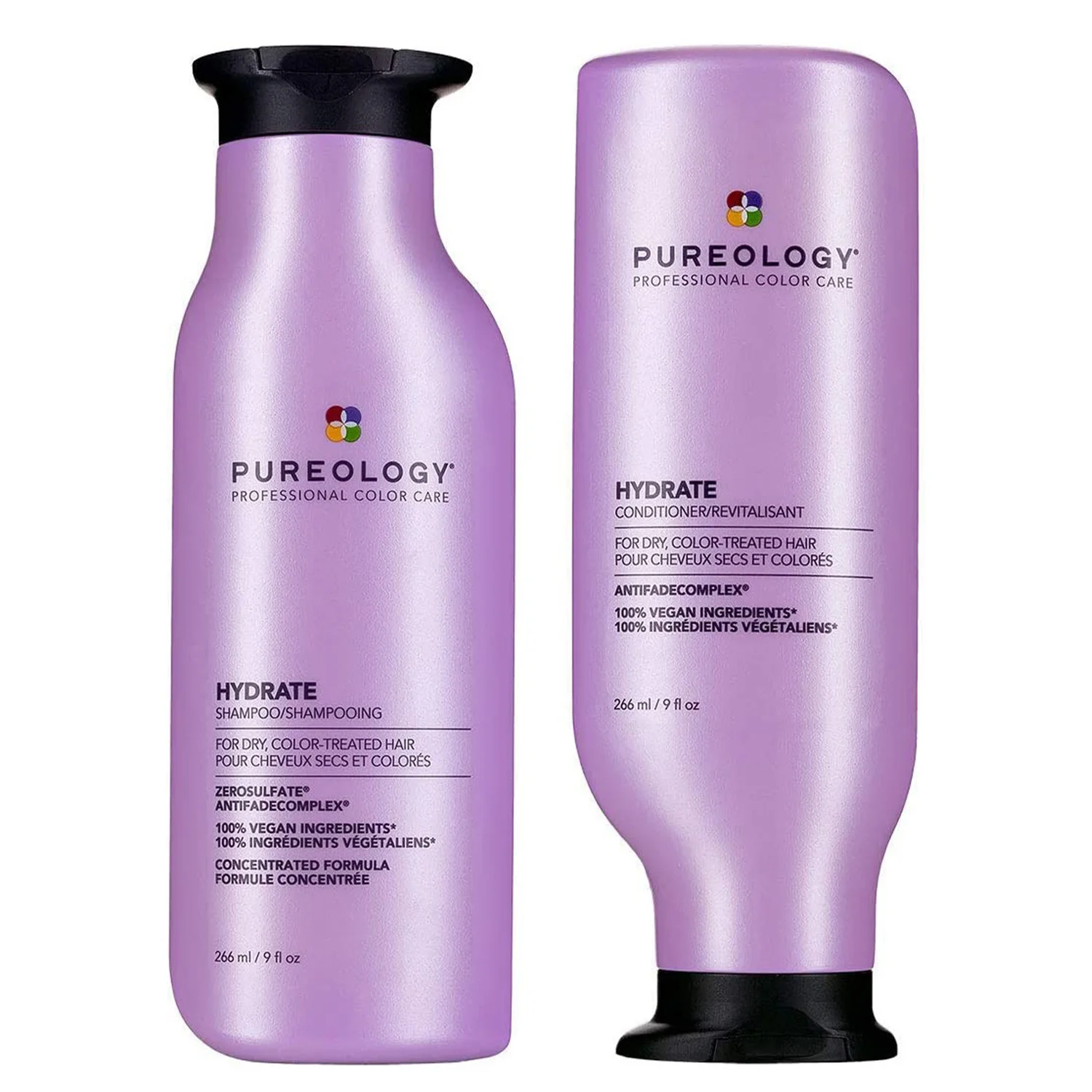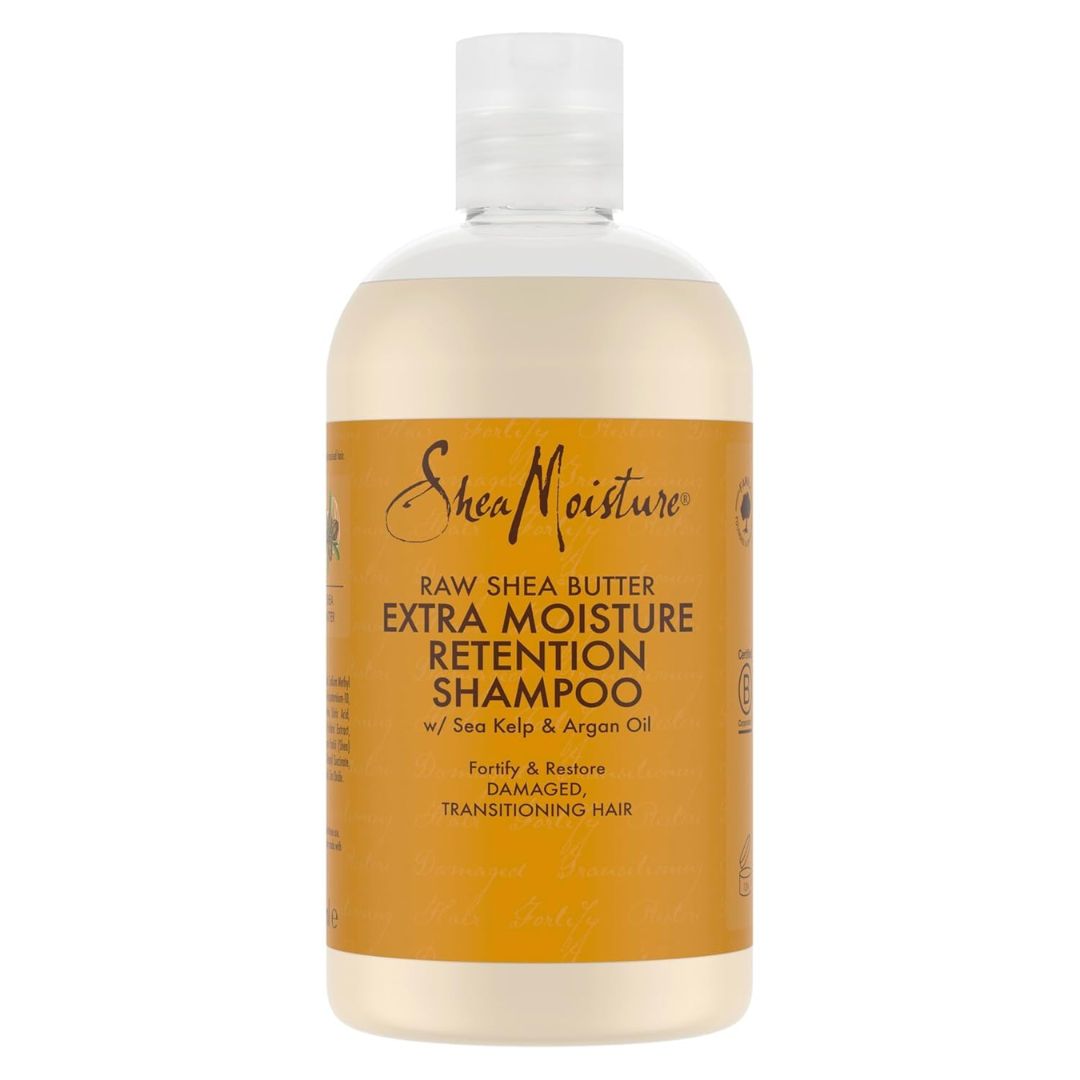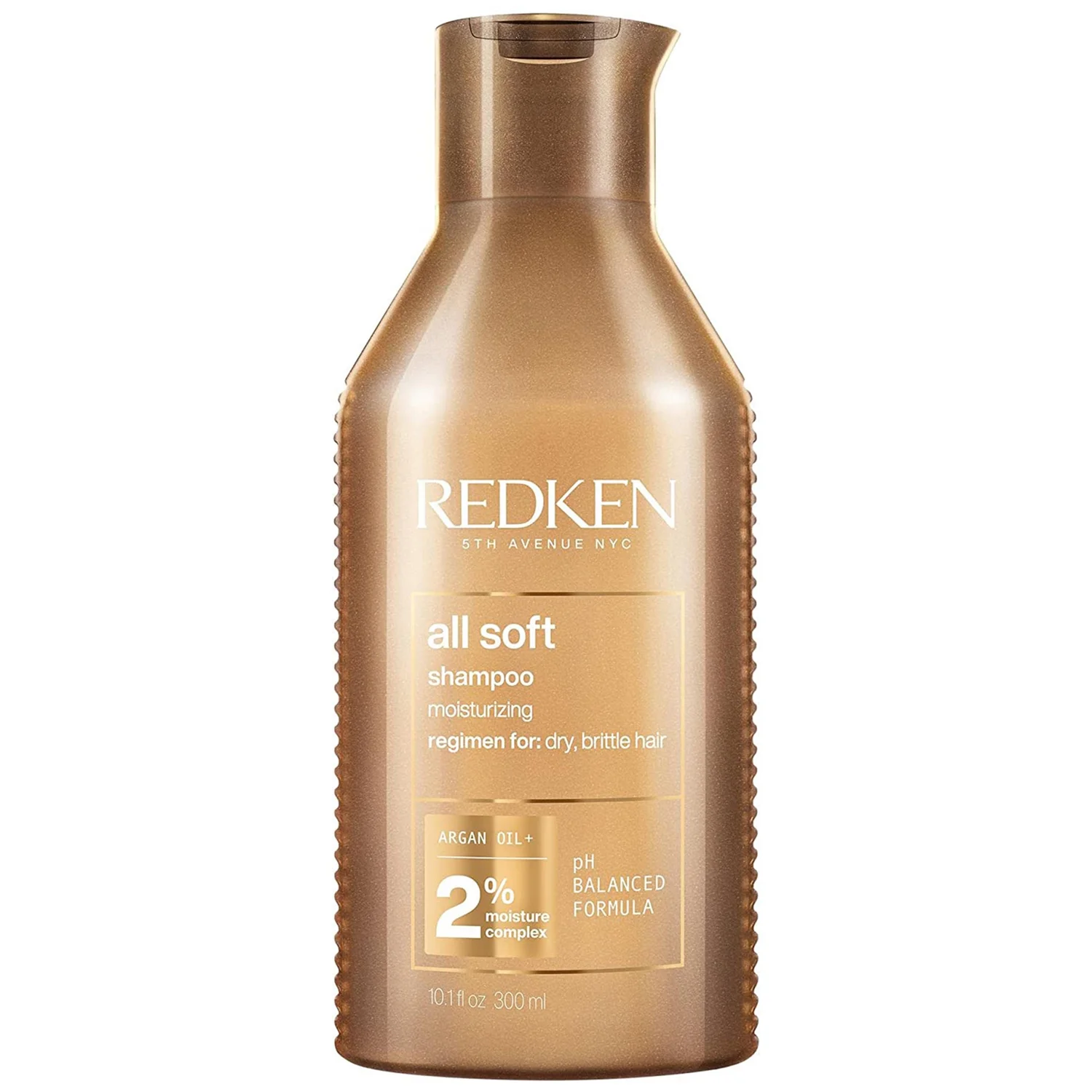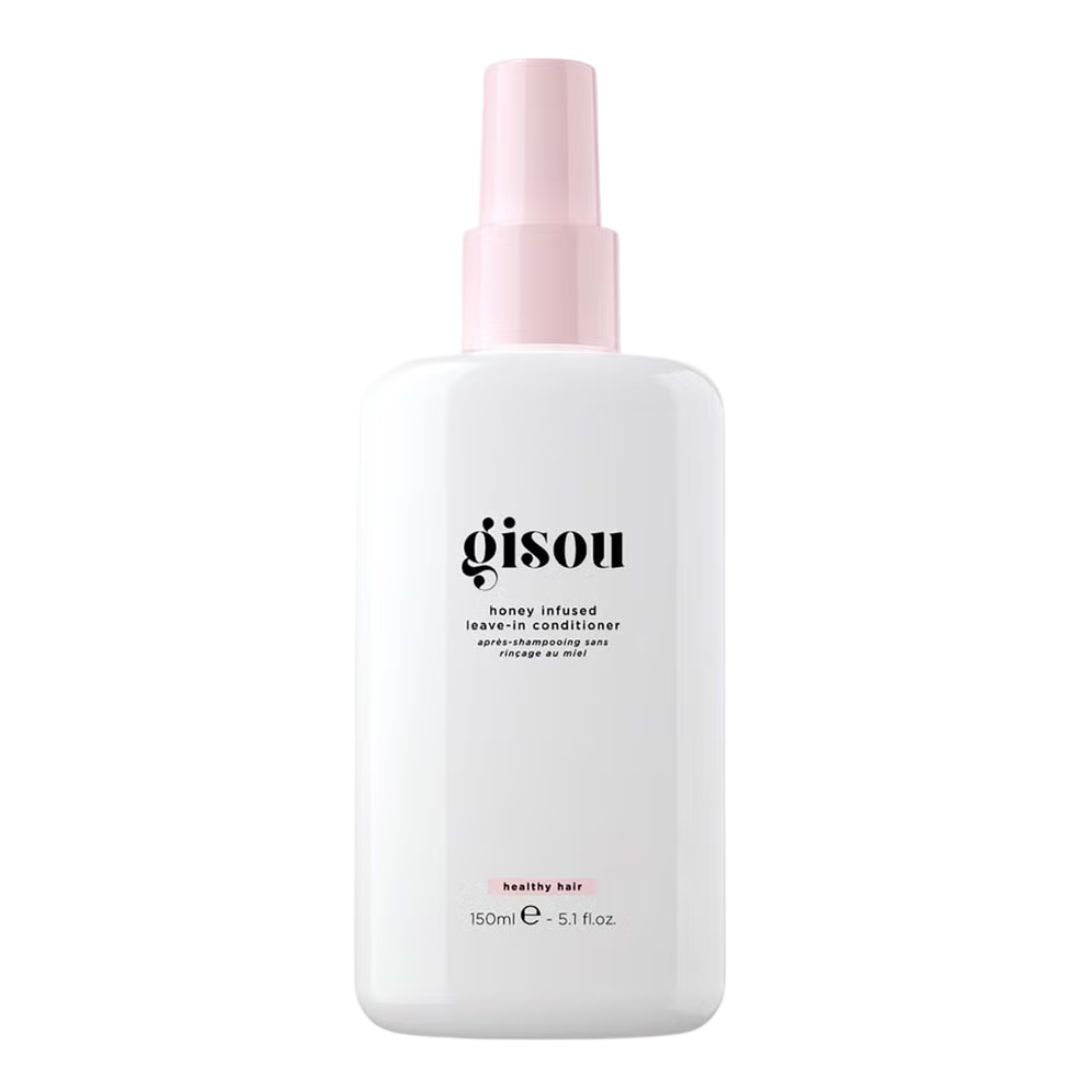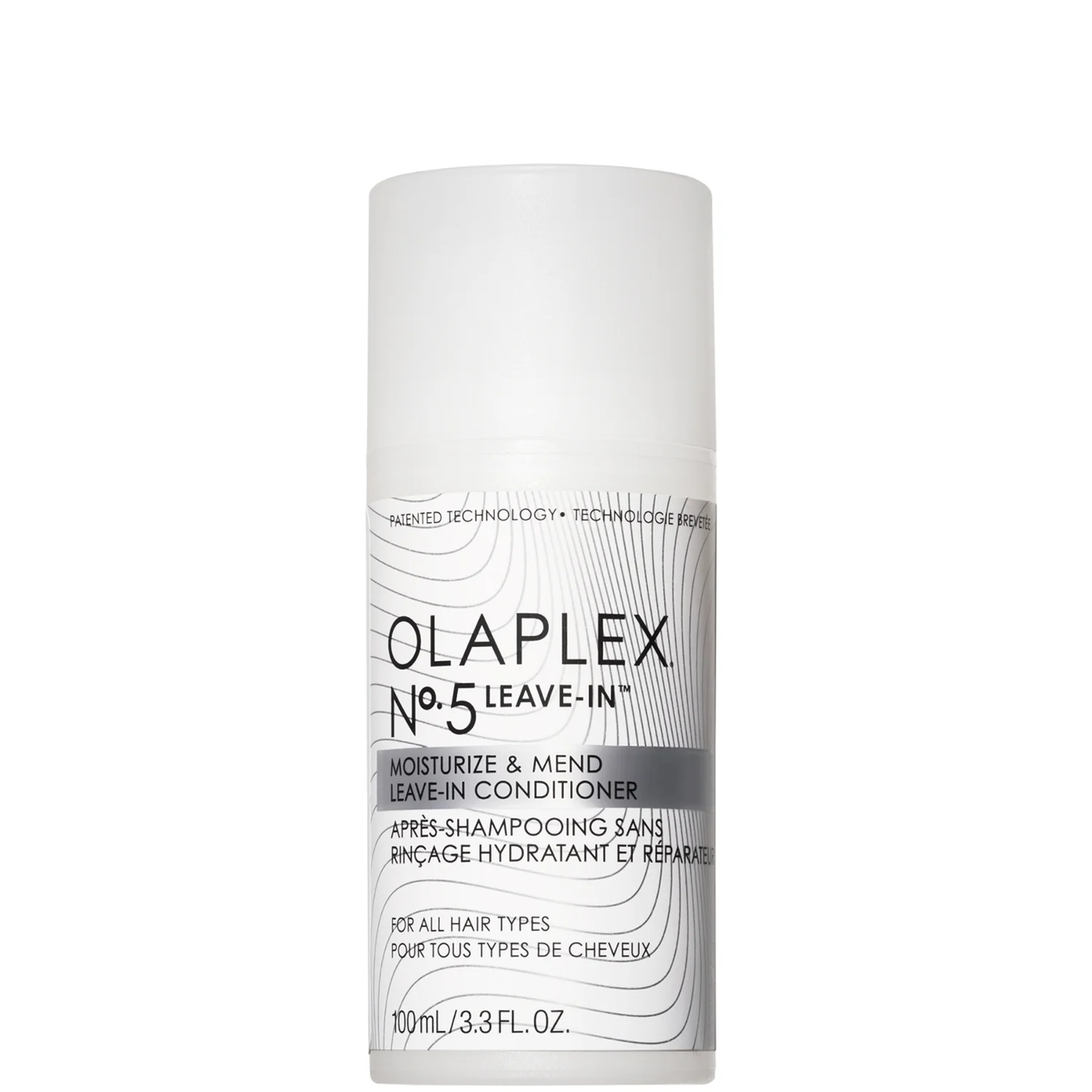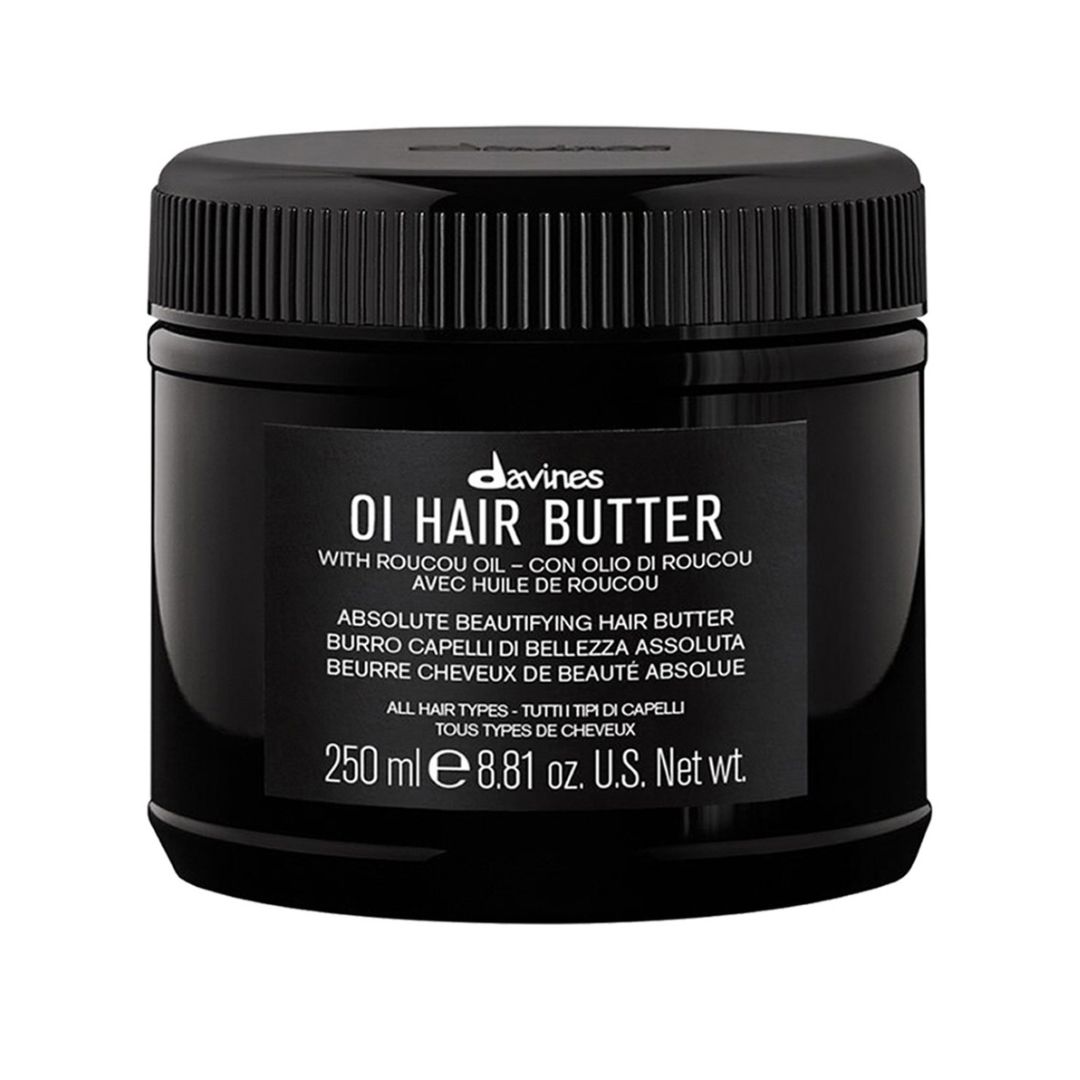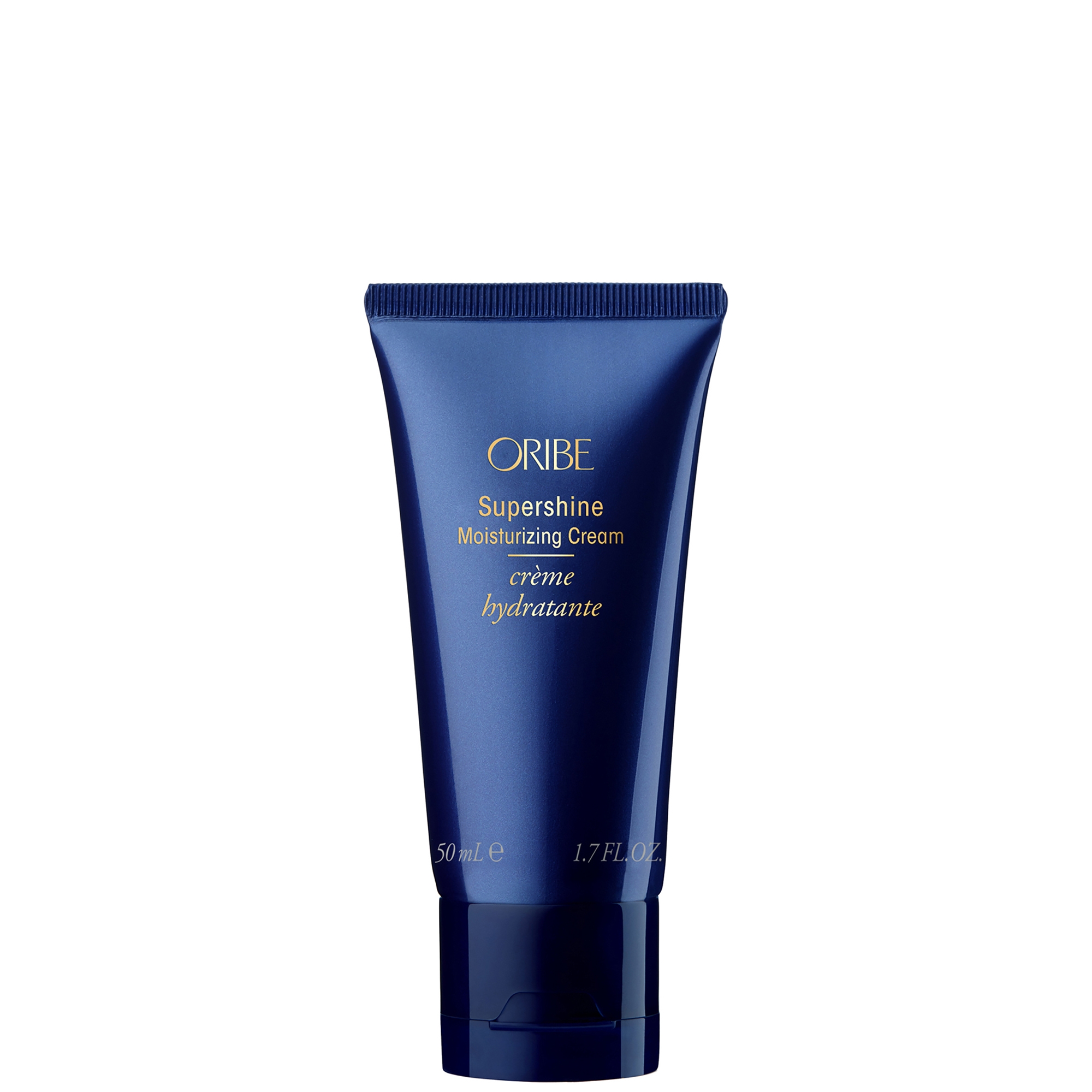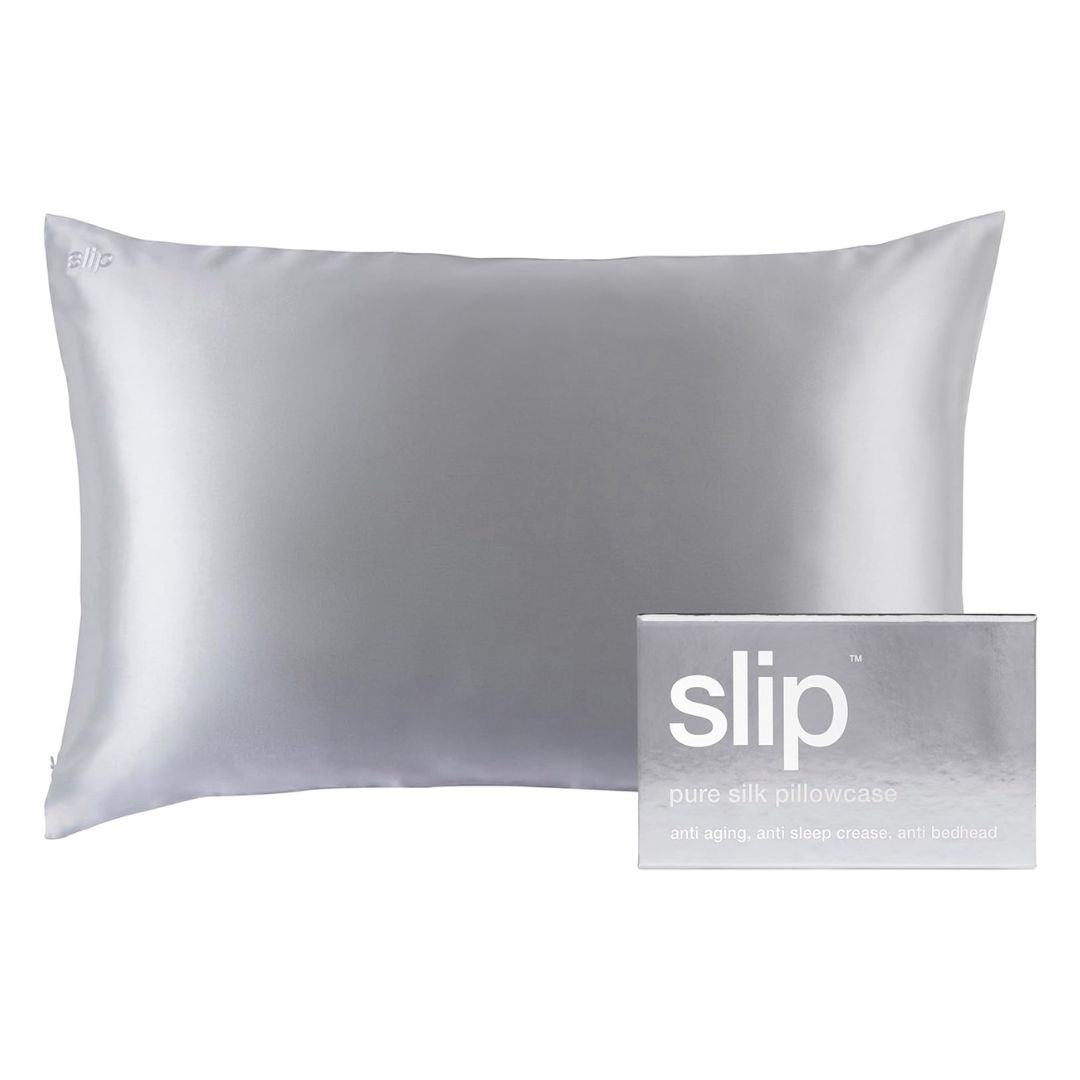How To Navigate Static Hair This Winter—Simple Tricks to Smooth Flyaways Instantly
Expert-approved solutions


The weather has suddenly taken a turn, and there's a chilly bite in the air—cue lashings of lip balm on chapped lips, oversized winter coats and hats to keep our ears toasty. The trouble is, as soon as you get into the warmth and remove said hat, it can have a funny effect on your hair. Static hair is common at all times of the year (you can get it from just brushing), but come winter, it becomes an almost daily occurrence.
We decided to investigate this common problem to determine exactly what it means to have static hair and how to resolve it quickly.
We quizzed Tom Smith, hairstylist and co-founder of Aevum Salon, and Jade Summers, director, stylist, and trichologist at Hare & Bone, on static hair, and this is what they had to say...
What causes static hair?
As you may have predicted, static hair is related to static electricity. It occurs when your individual hair strands pick up extra electrons, caused by friction. It's normally from your hair brush, but in winter it's often your woollen hat or removing a jumper that does it. "Hair is an insulating fibre," explains Summers. "So once that charge builds up, the strands repel each other." It's the act of repelling that creates the space between each strand, causing that wispy effect.
"The condition of the cuticle matters too," she adds. "When it’s dry, raised or damaged, friction increases, and static becomes much worse. Some hair types naturally have fewer cuticle layers (2–3 instead of up to 10), so they lose moisture more easily and are more static-prone."
Why is static hair so common in winter?
Staticky hair is common in winter, because we wear more fabric around our heads—rollneck jumpers, hats—but that's only half of it. "Winter air is very dry, and indoor heating removes even more moisture from the environment," Summers says. "Dry air, plus dry hair, equals the ideal condition for static because the charge can’t dissipate."
That's why at this time of year, it's vital to keep your hair as nourished and hydrated as possible. The drier your hair, the more likely it is to make on more electrons.
Celebrity news, beauty, fashion advice, and fascinating features, delivered straight to your inbox!
Are all hair types affected?
Yes, all hair types can be affected, but it's those with fine and dry or damaged hair that are going to suffer the most. "Fine hair tends to show it the most because it’s lighter with less mass," says Summers. "So it's easily lifted away from the head once charged."
She adds that hair types with fewer natural cuticle layers—fine hair and type 4 coily—have less protection against friction and moisture loss, which also increases the chance of a staticky effect.
If you colour your hair, you are also going to be more prone to static hair, because the damaged cuticle acts in a similar way to the hair types above.
How can you tame static on the go?
Picture this: you arrive at a smart festive gathering, which you've spent ages getting ready for. The walk to the party was freezing, so naturally, you donned warm layers and accessories. After you arrive, you take them off, catch a glimpse in the mirror and behold hair on its end. What's the game plan?
"If static has already happened," says Summers. "Use a pea-sized amount of light cream or serum, or leave-in conditioner, and smooth over the surface. Her favourite? Oribe's Supershine Moisturising Cream, which she says works instantly. "It increases conductivity enough for the hair to settle."
Smith agrees. He recommends using a high-quality leave-in product that's rich in moisturising and nourishing ingredients. He says that oil-based serums are particularly great for static-prone hair. In terms of how to keep a check on static when you're out and about this winter, "Consider wrapping a silk scarf before adding a woollen hat or putting up your hood," he says. "Silk will help keep static at bay. Clothes with natural but smooth fibres tend to make hair less static-prone, but wools—especially synthetic wools—can make it worse."
What's the difference between static hair and frizzy hair?
"Static and frizz often get confused," Summers explains. "They can look similar, but they’re caused by almost opposite conditions." As we now know, static is an electrical issue caused by dryness and friction, but frizz is caused by the hair absorbing too much water from the air. "Static loves dry air, frizz thrives in humid air."
Static hair toolkit:
If you need products to help with static hair, Summer says that protecting the cuticle is key. "The hair cuticle is made of overlapping hard-keratin cells, like fish scales, pointing towards the tip. When they lie flat, the hair is smooth, retains moisture and produces little friction. When they are lifted or damaged from brushing, heat, colour or synthetic fabrics, friction increases dramatically. More friction equals more electron transfer, which is why rough, dry hair becomes highly static. Keeping the cuticle smooth is the single most effective way to reduce static."
Hydrating products are the key, then. From shampoos and conditioners to finishing sprays and leave-in creams, these are the very best products to use to keep static at bay.

Katie Thomas is the Senior Beauty Editor at Marie Claire UK. With over 10 years of experience on women's luxury lifestyle titles, she covers everything from the best beauty looks from the red carpet and stand out trends from the catwalk, to colonic irrigation and to the best mascaras on the market.
